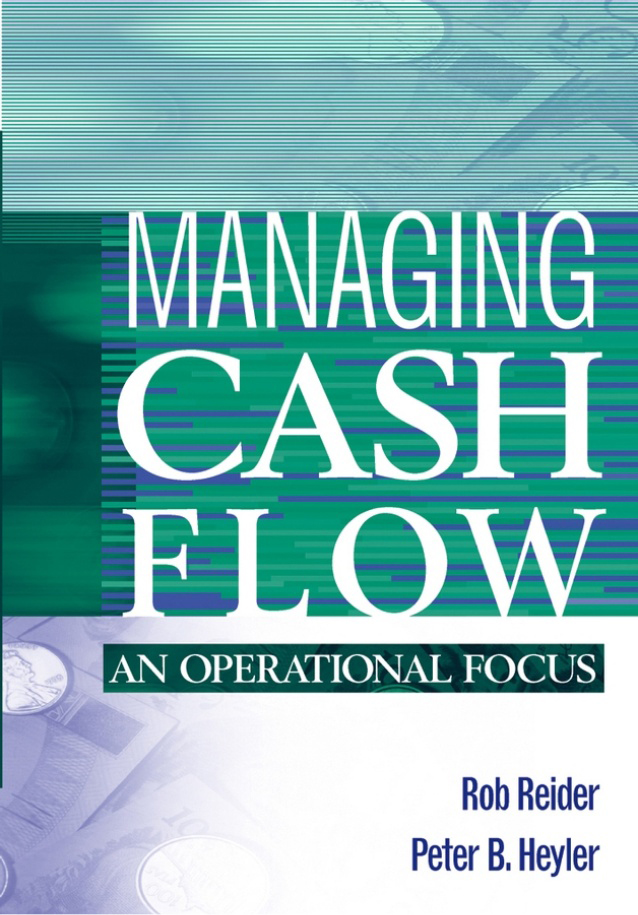Dilemma: Last year, it didn’t feel like we were making that much money. We were grossing a lot but we’ve have just as many debts to pay off. And our bank account is really low—a lot lower than I’m used to. I didn’t see this coming at all. Help!
Thoughts of the Day: Building up cash can be a real challenge. The profits that show up in a profit and loss report (P&L) are distributed to pay for many things. Building a budget for both the P&L and your balance sheet can help. Getting a good handle on variable and fixed costs alike is essential for predicting what will happen in the future. Prioritizing savings and freeing yourself from debt will improve your long-term picture.
 In order to build up cash on hand, the company needs to make a profit—which means that more money is coming in than is going out. That also means keeping a lid on spending, and planning to pay taxes on profits. For every dollar you want to put into savings or use to pay off debts, you need to make roughly $1.33 to allow for federal, state, and local taxes on profits. Another way to look at it: Only two-thirds of every dollar in profit will be available for savings and debt repayment.
In order to build up cash on hand, the company needs to make a profit—which means that more money is coming in than is going out. That also means keeping a lid on spending, and planning to pay taxes on profits. For every dollar you want to put into savings or use to pay off debts, you need to make roughly $1.33 to allow for federal, state, and local taxes on profits. Another way to look at it: Only two-thirds of every dollar in profit will be available for savings and debt repayment. There is an annual rhythm to spending that most business owners don’t think about when planning from year to year and quarter to quarter. To save on taxes, businesses often use up year-end profits to buy things they might need in the coming year. Other businesses focus on building up cash between January and April to pay taxes on the previous year’s profits. As businesses move back and forth from a spending cycle to a savings cycle, many are much busier in Q4 than Q1. That means a steady uptick in sales during a year, followed by a drop in volume at the beginning of the next year. If your business is geared up for Q4 but not ready for a drop in volume Q1, profits could fall through the floor at the beginning of the new year. Know your cycle.
"It may take a while to build up cash and pay off debts. Don’t give up on working toward that objective."Whatever profits the company generates during the year, it pays to be aware of just how many things can drain the coffers: taxes, savings, paying off debts, replacing fleet and improving technology, increased money sitting in accounts receivables as the business grows, vendors who tighten up terms, higher costs of materials and services, and, of course, unexpected emergencies with vehicles or staff. What looks like a great year of profits on paper can very quickly turn into a negative cash year. Reports indicate that the majority of small companies lack a budget, even though most owners admit that it’s an important tool for managing a well-run business. Going further, research shows that having and using a budget is a significant success/failure determinant.
If the business does have a budget, the focus is usually on building one for the P&L statement. Remember to also build budgets for the balance sheet while setting goals for savings, debt repayment, credit lines, and payments to shareholders—as well as one for each major project anticipated in the upcoming year.
 When planning a budget for the P&L, separate out variable expenses—those that are likely to go up when sales also go up, or drop when sales fall. Use a “cost of goods sold” category to isolate these costs, and figure out what percent of sales is eaten when covering the cost of goods sold. This exercise will help you to understand how costs are likely to increase in a growth cycle.
When planning a budget for the P&L, separate out variable expenses—those that are likely to go up when sales also go up, or drop when sales fall. Use a “cost of goods sold” category to isolate these costs, and figure out what percent of sales is eaten when covering the cost of goods sold. This exercise will help you to understand how costs are likely to increase in a growth cycle. It may take a while to build up cash and pay off debts. Don’t give up on working toward that objective. Having cash on hand and being able to keep profits in the company will create a significantly brighter future for you and your business.
[CD0915]
Andi Gray is the founder of the Business Consulting Firm Strategy Leaders. She can be reached at andi@strategyleaders.com.

